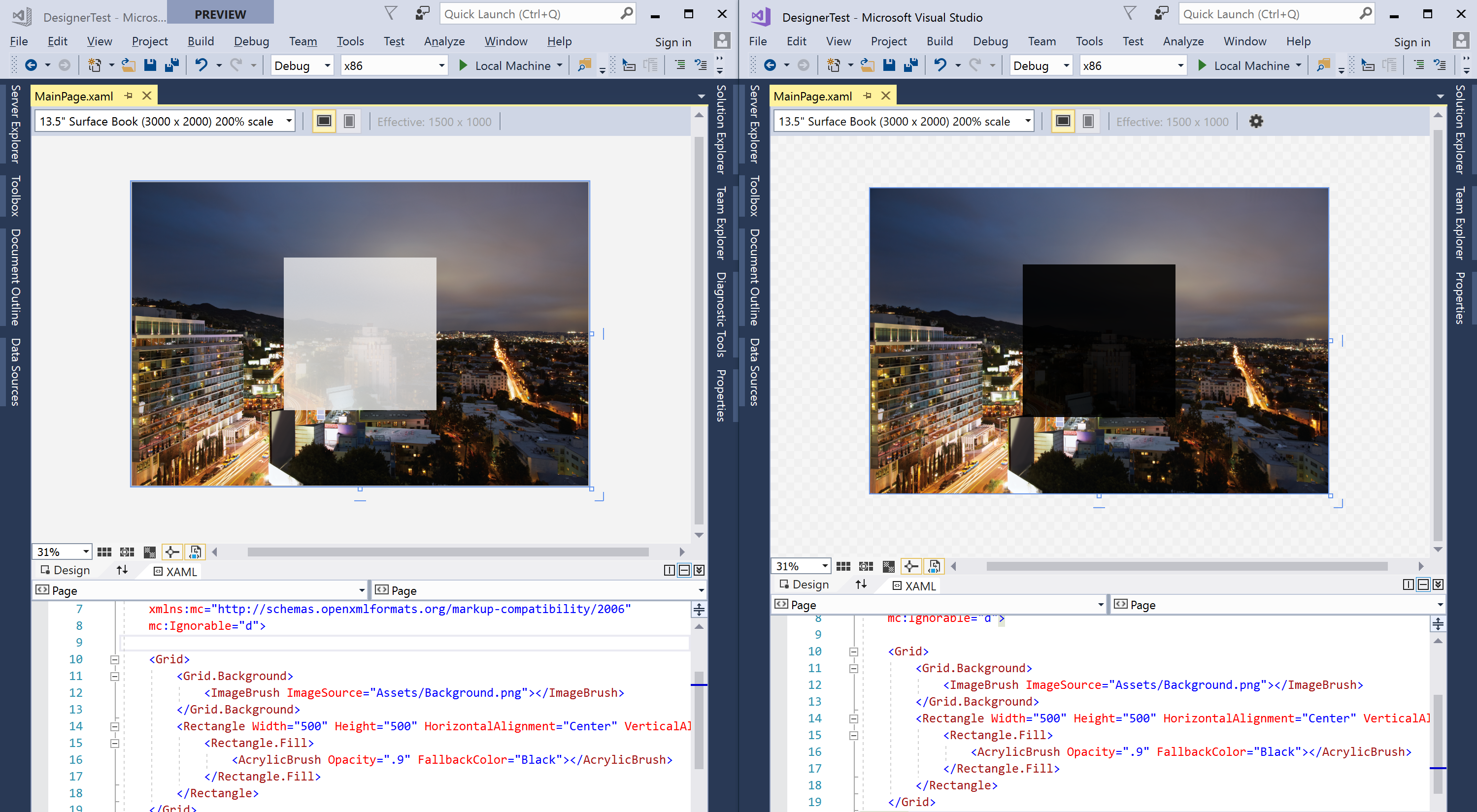

What is x:DataType you may be asking? Well, it is a compiled binding, which makes your bindings and apps faster! This is an awesome feature of Xamarin.Forms that you should totally use!

When I selected this option, it auto added the following code: xmlns:app1="clr-namespace:App1" The lightbulb will look to assign your x:DataType in Xamarin.Forms or d:DataContext in WPF/UWP. Once you do this, Visual Studio will put little dots under the Text binding and a lightbulb will show up (if you don't see this simply re-compile). Then just create a control with a Binding associated with it. The first thing to do is to create your ViewModel and implement INotifyPropert圜hanged (or inherit from something that does). I will walk through this awesome feature for Xamarin.Forms, WPF, and UWP, but if you just want to see it in action, I made an entire video: Enabling Code Generation

We have seen increased IntelliSense in this area, but with the release of Visual Studio 2019 v16.9 comes code generation from XAML! That is right, you can now have Visual Studio automatically create your properties, commands, and more! One thing that I have always been hoping for as a XAML developer is deeper connectivity between the XAML and the View-Model. Visual Studio has been crushing it with new refactorings, IntelliSense, and IntelliCode, one of my favorite features ever. The more and IDE or code editor can do for you the better I say.


 0 kommentar(er)
0 kommentar(er)
